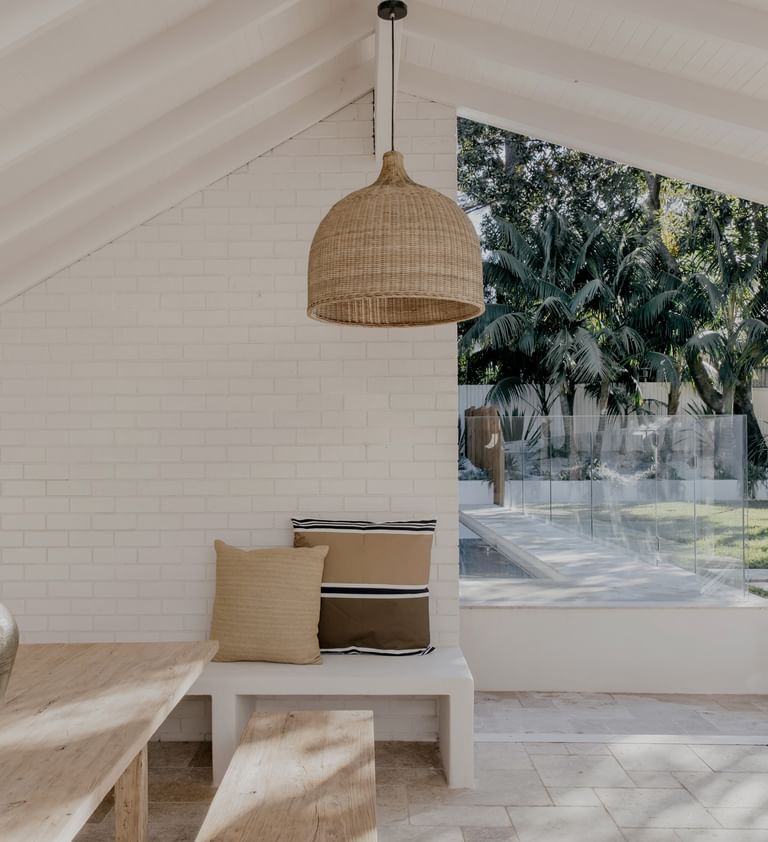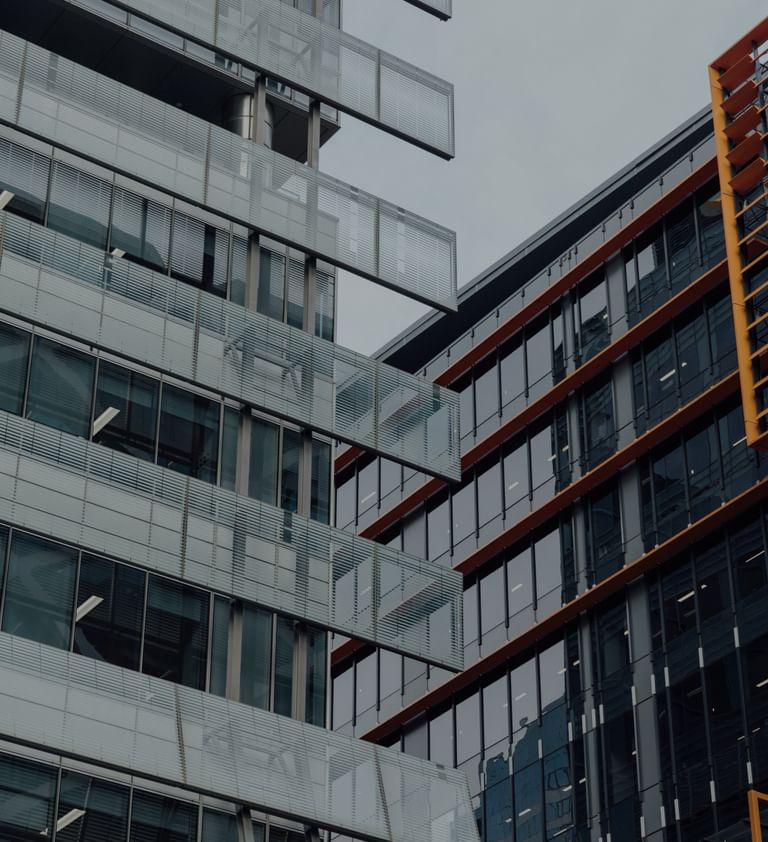
Learn more about a topic that could save you thousands of dollars as a rental property owner: tax depreciation. Did you know that on average, residential rental property investors can claim significant depreciation deductions in their first financial year alone? Despite this, around 80 per cent of investors miss out on these valuable deductions. Why? Because depreciation is a non-cash deduction, meaning you don’t need to spend money to claim it—making it easy to overlook. But don’t worry, we’re here to break it down for you.
Fast facts: what is rental property depreciation?
As your property ages, the building structure and the assets within it begin to wear out—this is what we call depreciation. The Australian Taxation Office allows you to claim this depreciation as a tax deduction under two categories: capital works and plant and equipment assets.
What are capital works deductions?
Capital works deductions relate to the wear and tear of the structure of your rental property, including fixed items like the roof, walls, and kitchen cupboards. If your property was constructed after 15 September 1987, you’re eligible to claim these deductions at a rate of 2.5 per cent per year for 40 years. Even if your property was built before this date, it’s worth checking for any renovations that could make you eligible for capital works deductions.
What are plant and equipment assets?
Plant and equipment assets refer to easily removable fixtures and fittings, such as carpets, blinds, air conditioners, and hot water systems. The ATO sets the effective life of these assets, which determines the depreciation deduction you can claim each year.
The 2017 legislation changes: what do they mean?
In November 2017, major changes were made to how you can claim depreciation on plant and equipment assets. Now, if you own a second-hand property purchased after 7:30 pm on 9 May 2017, you cannot claim deductions for previously used plant and equipment assets. However, you can still claim depreciation on any new assets you install in the property once it’s being rented out.
Which properties benefit most from depreciation?
While almost all residential properties qualify for depreciation, those that are newly built or have undergone significant renovations usually offer the highest deductions. Properties constructed or renovated since 1987 can provide ongoing deductions for 40 years.
Should you get a tax depreciation schedule after renovating?
If you’re planning to renovate your rental property, a tax depreciation schedule is a must. It allows you to claim deductions on both the structural elements and the plant and equipment assets you remove during the renovation. This process, known as scrapping, lets you claim any undeducted entitlements for eligible assets in the year they’re removed.
Claiming depreciation on a fully renovated property
If you’ve purchased a property that’s been fully renovated by the previous owner, you can still claim depreciation. A quantity surveyor can estimate the value of the renovations and calculate the deductions accordingly, even for less obvious improvements like plumbing or electrical updates.
How to claim depreciation on your rental property
The best way to claim depreciation is by having a tax depreciation schedule prepared by a specialist quantity surveyor. Companies like BMT Tax Depreciation are experts in this field, helping property investors maximize their deductions. For example, in FY 2022/23, BMT clients claimed an average of nearly $9,000 in their first year alone.
Don’t miss out on the valuable deductions you’re entitled to! If you own a rental property, getting a tax depreciation schedule could be one of the best financial decisions you make. To learn more or get started, request a quote or contact one of our expert staff today.







